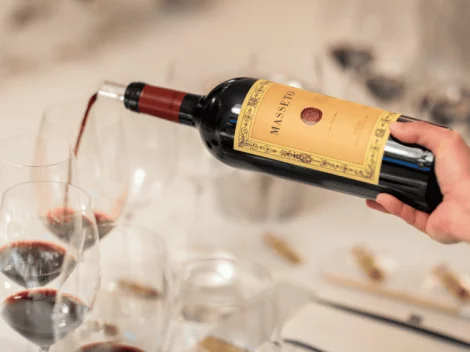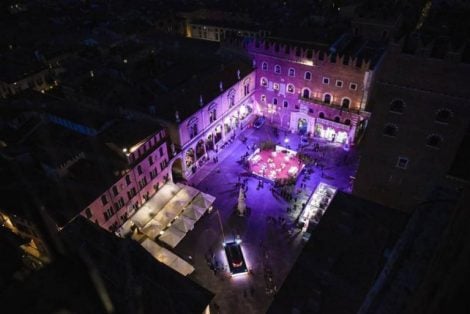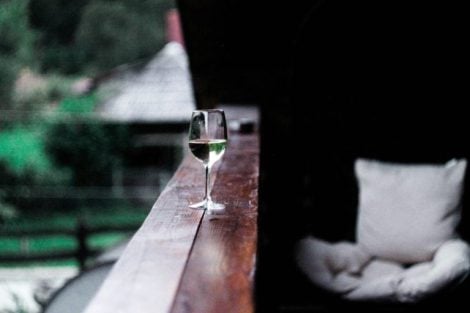Irpinia is the Campanian basin where dazzling whites can be found. The recent vintages, the warm 2021 and 2022, have been interpreted more than correctly. The wines we tasted during the tastings for the Gambero Rosso's Vini d'Italia 2024 guide are perhaps slightly more ready than in the past, but where the ability to withstand the passage of time is lacking, pleasure and immediacy are gained, which are parameters not to be underestimated. The new types that boast the name Riserva on the label, both for Fiano and Greco, in our opinion, are able to guarantee both longevity and elegance, as well as flavor. And it is precisely on Greco di Tufo, produced in eight municipalities in the province of Avellino (Tufo, Altavilla Irpina, Chianche, Montefusco, Prata di Principato Ultra, Petruro Irpino, Santa Paolina, and Torrioni), that we focus here.
The name "Greco" adequately describes the origin of this widespread white grape variety in Campania and Calabria, regions that were once part of Magna Graecia. The Campanian variety takes its name from the municipality of Tufo, and it is a DOCG wine. The volcanic soil and good exposure mean that this white, straw-yellow in color, fine, with intense aromas, expresses an elegant structure and fullness, allowing it to evolve in the bottle and refine its bouquet for a few years.
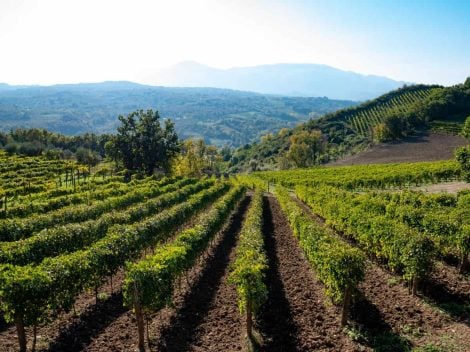
The best value Greco di Tufo
Here are the best Greco di Tufo labels, among those awarded with Tre Bicchieri and Due Bicchieri Rossi, having reached the finals during the tastings for Gambero Rosso's Vini d'Italia 2024 guide, which you can purchase for less than 20 euros in wine shops or online shops.
The Greco di Tufo Cutizzi by Feudi di San Gregorio, Tre Bicchieri, presents hints of smoke, grass, and hay, white grapefruit, with an extremely precise, savory, and very mineral palate. It's difficult to condense the various facets of the Feudi di San Gregorio brand in a few lines. The company, led by Antonio Capaldo with the support of Pierpaolo Sirch, is a protagonist in a remarkable production that embraces all the main regional denominations, carrying out parallel projects such as FeudiStudi, where Aglianico, Greco, and Fiano are enhanced and narrated in a limited edition of bottles from the most characteristic irpine districts; not to mention the parallel brand Dubl, dedicated to the production of sparkling wines with the Metodo Classico.
The Daltavilla 2022 by Villa Matilde Avallone, Tre Bicchieri, is a Greco that smells of lemon and green hazelnut, grass, and hay; on the palate, it is clear, flavorful, and truly elegant. Villa Matilde Avallone is an ambitious project started by lawyer Francesco Paolo Avallone in the 1960s. Today, it is his children who run the company, a reality divided into the two estates of Villa Matilde and Pietrafusa, in Irpinia, which make up a vineyard heritage of approximately 130 hectares of vineyard land. The company's range sees the most important indigenous grape varieties of the two areas give life to a production aimed at enhancing the denominations Falerno, Fiano di Avellino, Greco di Tufo, and Taurasi.
The Greco di Tufo 2022 by Fonzone is one of the incredibly solid labels produced by Lorenzo Fonzone Caccese, who started focusing on wine in 2005 in Paternopoli, an area famous for Taurasi. In less than twenty years, the company has become one of the most serious and articulated projects in the irpine district. The grapes from the 20 hectares of property are processed in a modern, underground cellar, perfectly integrated with the territory and the surrounding vineyards, which are cultivated and treated according to healthy principles of environmental sustainability. For the production of white wines, they rely on the parcels of Arianello di Lapio (Fiano) and Santa Paolina (Greco).
2022 was a great year for Di Meo, as shown by, among other wines produced, the Greco di Tufo. Active since the 1980s, the Di Meo family's company was one of the first wineries in Irpinia to bottle the fruit of its own vineyards, betting, already in those days, on the enormous aging potential of the local whites. The Fiano vineyards extend over clayey-limestone soils at about 550 meters above sea level in Salza Irpina, while those of Greco fall within the municipalities of Santa Paolina and Tufo; finally, Aglianico finds its home in the highest area of Montemarano at 650 meters. The range has proven once again this year to be very reliable, with whites and reds that meet high quality standards.
The Ariella 2022 by Vinosia has good dynamics, progression, and a captivating sip. Luciano Ercolino founded the company in 2004 in Paternopoli, one of the most vocated and historical areas of Campania. About fifty hectares of vineyards cultivated with indigenous varieties such as Fiano, Greco, and Aglianico are the starting point for a project that focuses on enhancing the characteristics of ancient vines with a contemporary approach.
In the Greco di Tufo Le Arcaie 2022 by Passo delle Tortore, a smoky veil combines with clear sensations of almond and green citrus. The palate is effective, long, elegant, with great acidity. The company is indeed recent, but in a few years, Passo delle Tortore has accustomed us to a range of wines of extreme precision, clear in conveying the varietal characteristics of the grapes and the territories from which they come. The vineyard hectares are just over five and are located in Contrada Vertecchia, in Pietradefusi, a municipality that marks a bit the border between Irpinia and Benevento. At 400 meters above sea level, fiano, greco, falanghina, and aglianico are born for a limited but satisfying range.


 Vinitaly 2025: "Piwi should not be included in the DOCs. Dealcoholised wines? I have changed my mind." Angelo Gaja's position
Vinitaly 2025: "Piwi should not be included in the DOCs. Dealcoholised wines? I have changed my mind." Angelo Gaja's position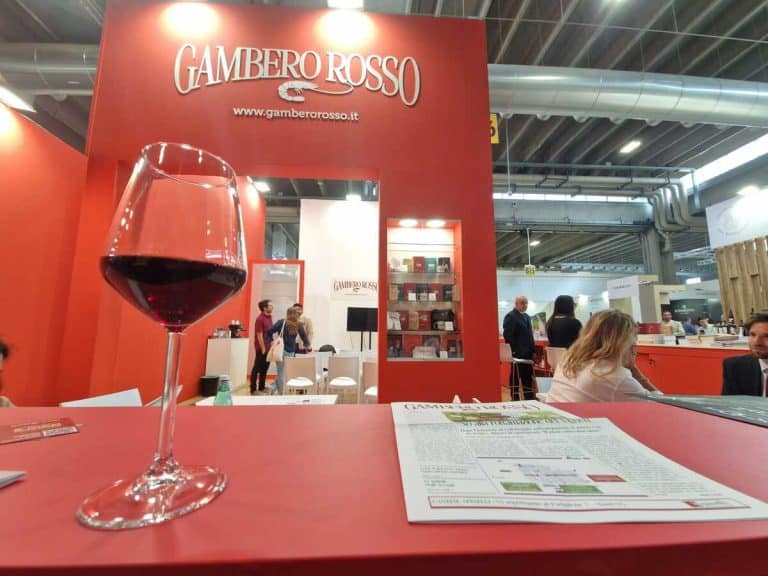 Vinitaly 2025: here are all the events by Gambero Rosso. Tre Bicchieri, debates, TV and much more...
Vinitaly 2025: here are all the events by Gambero Rosso. Tre Bicchieri, debates, TV and much more...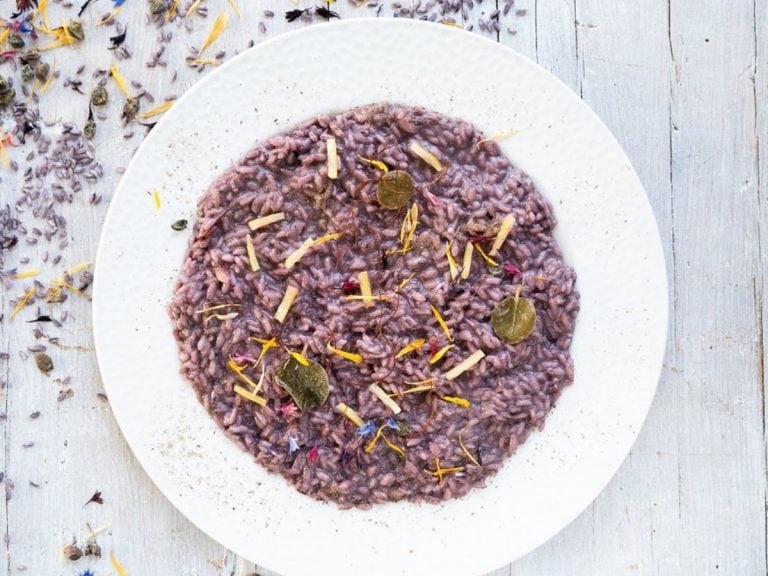 A giant rice grown in the land of buffaloes: the story of a bourbon edict
A giant rice grown in the land of buffaloes: the story of a bourbon edict Where to eat in the Majella park, amidst stunning landscapes and authentic cuisine
Where to eat in the Majella park, amidst stunning landscapes and authentic cuisine No more identical venues and overtourism food—let’s start again with lunch and trattorias
No more identical venues and overtourism food—let’s start again with lunch and trattorias